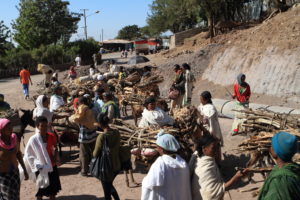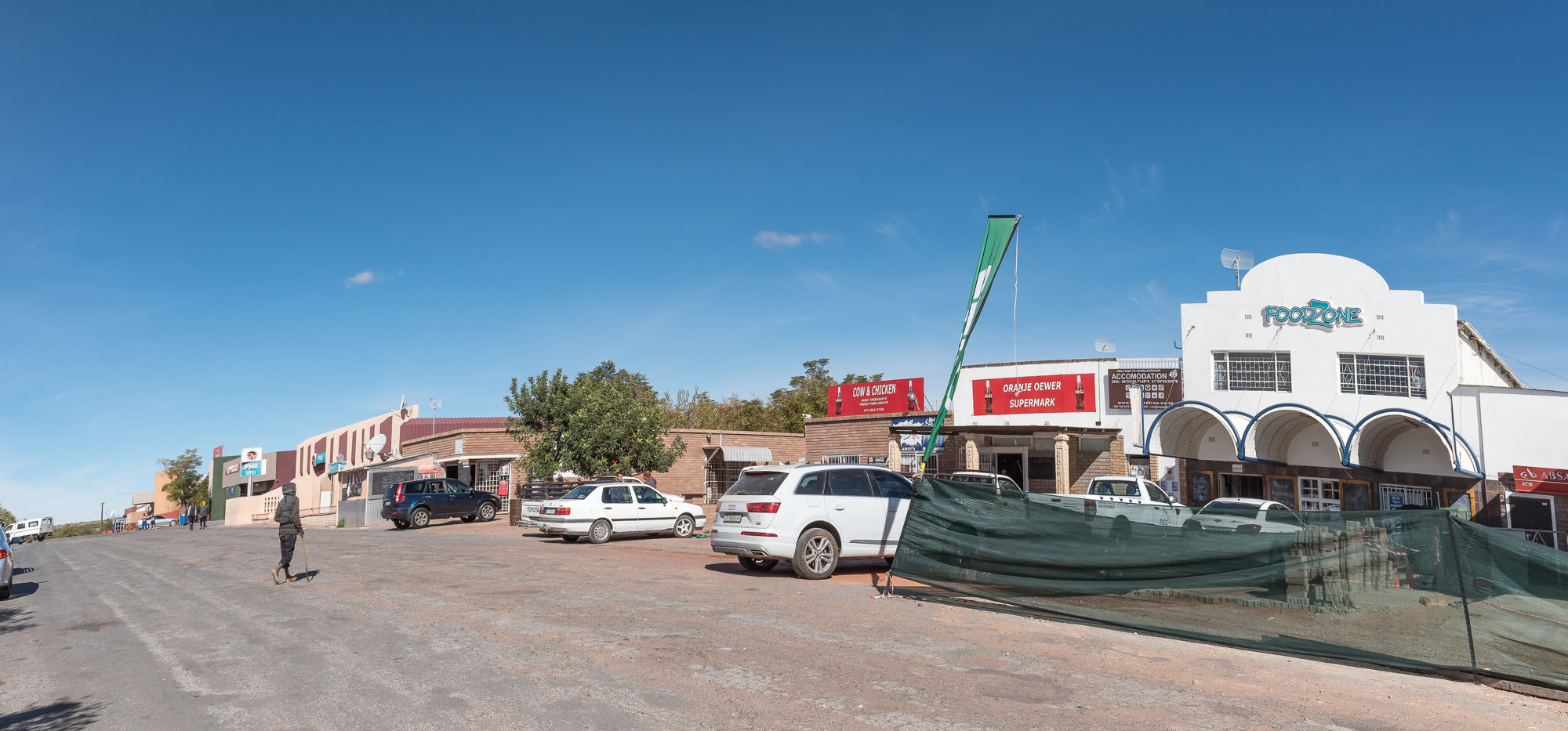
Thinking big: Achieving scale for microinsurance schemes
Achieving scale is a significant success factor for microinsurance schemes, as low premiums with high costs require substantial volumes to make an initiative sustainable. However, achieving scale is difficult. This report analysed 95 initiatives that achieved scale and evaluated eight case studies in detail to understand what drives scale. The



















